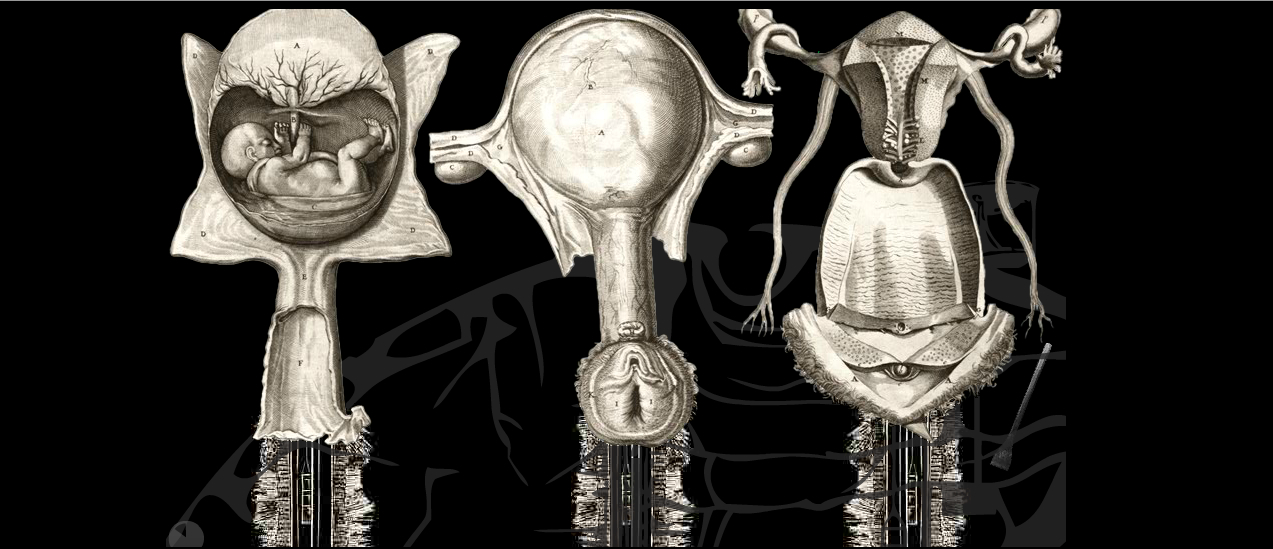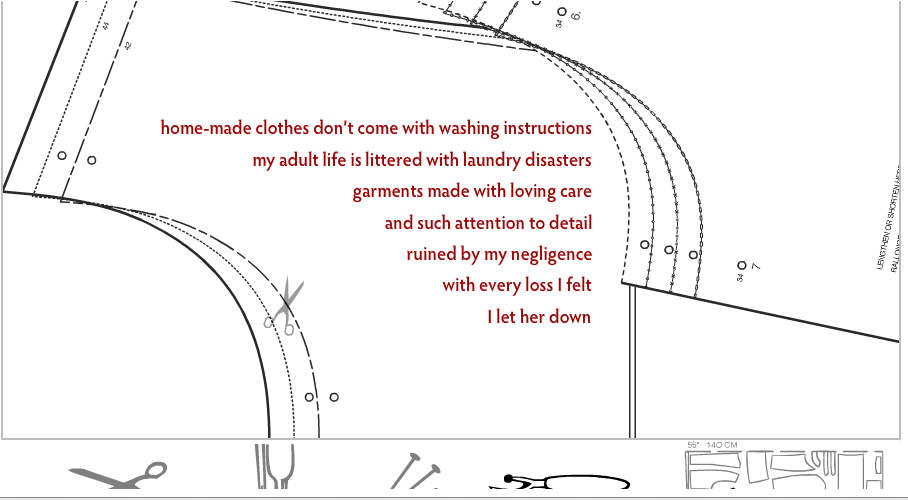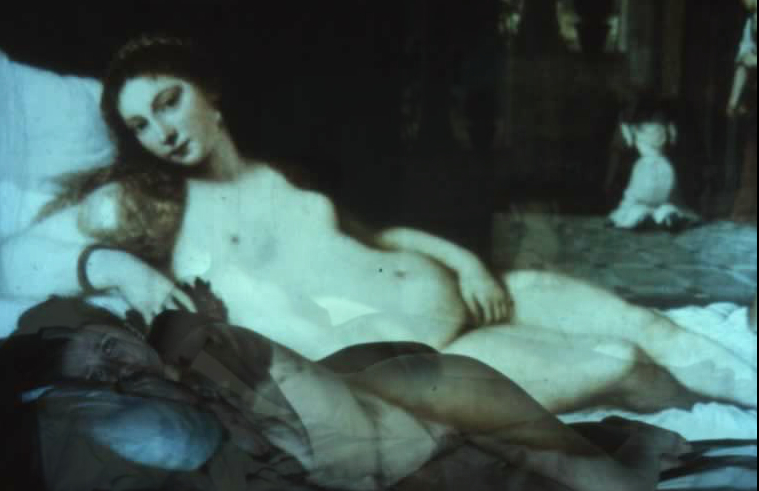This is the 11th post in a series on born-digital literature.

Screenshot from Christine Wilks' Underbelly
"The fact that we cannot telegraph the pattern of a man from one place to another seems to be due to technical difficulties, and in particular, to the difficulty of keeping an organism in being during such a radical reconstruction."
Norbert Wiener, The Human Use of Human Beings (1954)
"Conceiving of information as a thing separate from a medium that instantiates it is a prior imaginary act that constructs a holistic phenomenon as a matter/information duality." N. Katherine Hayles, How We Became Posthuman (1999)
In this post, I examine the work of Christine Wilks who ingeniously complicates the matter/information duality by employing computer code in the form of games to re-invoke embodied existence and the unreliable memories that bodies store.
The story of time passing is inscribed on our bodies. Despite attempts to nip, tuck, and botox them, bodies age, scar, sag, wrinkle, and die. The dream of immortality whereby an individual might be freed from substantial existence, becoming a message without a medium, infinitely transferable and perfectly preserved, is techno-fantasy. Instead, argues N. Katherine Hayles in her provocative book How We Became Posthuman,
"The overlay between the enacted and the represented bodies is no longer a natural inevitability but a contingent production, mediated by a technology that has become so entwined with the production of identity that it can no longer meaningfully be separated from the human subject."
Gender is perhaps the most basic characteristic of embodied identity. A human is born and immediately identified as "it's a boy!" or "it's a girl!" But, what happens to gender in a virtual world? One might argue that reconstructing the subject as pure information is just a reworking of the Enlightenment ideal of a male-coded rational, autonomous "I" removed from its contaminating "female" counterpart. In the future, proclaims the techno-prophet, we shall be liberated, pure code without the oozing, sticky, icky fluids of mortal existence.

Screenshot from Wilks' Fitting the Pattern
Unsurprisingly, gender considerations are an important component of Wilks' work. In Fitting the Pattern, viewers use dressmaking tools such as scissors and pins to reveal the pieces of the story. Here, Wilks recalls her mother's sewing expertise both as an act of love and as a pedagogical tool to make her, the daughter, fit the pattern of a being and looking like a "lady." Despite her mother's skills, Wilks cannot/will not fit the clothes. Not only is her body not the "proper" proportions, she rejects her mother's domestic art in favor of a more radical cutting and suturing process -- filmmaking.
Cinematic technology gave birth to the first virtual humans. Wilks' earliest works are non-interactive, reflecting her background in film. These flash poems and films combine still image, simple animation with text or audio narration. Compared to her later pieces, they seem fragmentary and unfinished. What is missing in these is the viewer's body, activated by and required for the game. It is this element that literally and figuratively enlivens her later work.

Still from Wilks' "Intravenus"
I asked Wilks about this transition to games:
"There were no personal computers nor video games when I was growing up so when I first started creating works for the web I didn't make an immediate or automatic connection with gaming, that awareness came later, but I was instantly fascinated by interactivity. I felt interactivity had much more expressive potential than mere digital page-turning and I wanted to exploit that. Also, when creating with digital media on the web, I felt released from the straightjacket of linear storytelling. A story needs structure, that's true, but within an overall structure there's plenty of room for variation and exploration. I don't believe there's one ideal way to tell any story, but if you're writing for the page or the TV or cinema screen, as we've traditionally known them, you have to behave as if there is. Your task, as a writer, is to find the one purportedly ideal path through the story and you can't be released until you've found it. This may be the case for some types of stories but certainly not all - and certainly not the ones I'm interested in creating. I want to explore what happens if you keep the narrative game of 'What if...?" more dynamic.
Once I started working with these attributes - non-trivial interactivity and non-linear storytelling - I began to recognize the similarities with gaming. It was an exciting surprise, I found it stimulating. Now I'm much more conscious of gaming. I play games more and study them. I actively seek out game code and design patterns to see what I can learn from them or how I might use them. What I'm looking for is the potential for expressivity and storytelling and meaningful interactions. There's a new way of literary writing in development in and across these fields and I want to take part in that exploration."
If, as Lev Manovich suggests, the current commercial computer/entertainment industry, regard the techniques of early cinema (which re-emerged in early computer games) as "temporary limitations" since the goal has been and remains the "the exact duplication of cinematic realism, " Wilks' goal is something else.
Even in her latest pieces, she uses miniature animations, still image and superimposed live video clips which recall the techniques of early CD-ROM games such as Myst and 7th Guest. Why does Wilks, who writes her own code, harken back to this? The answer, I think, lies in how mistakes, noise, decay are perceived, not as, "castrated" forms of an ideal but as "mutation," (to use Hayles' terminology), the multiplicity of life whether virtual or embodied.
Part 2 of my post on Christine Wilks will appear next week.
